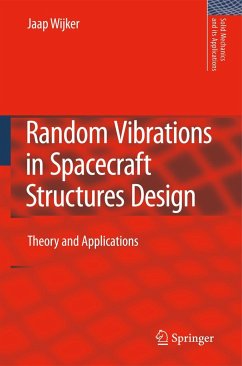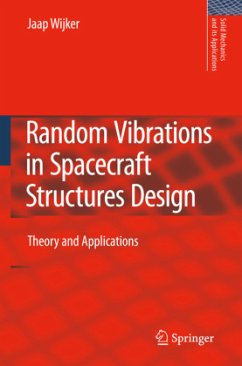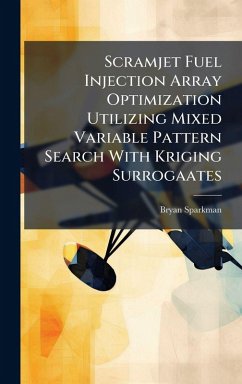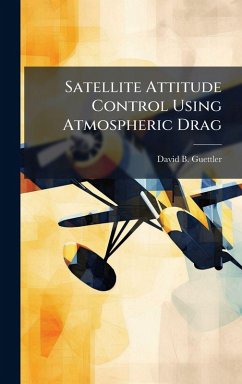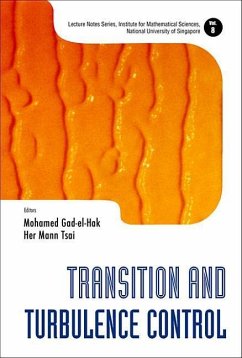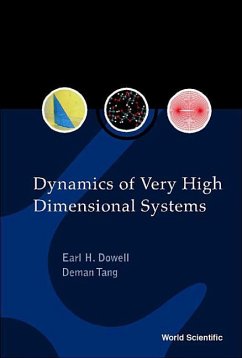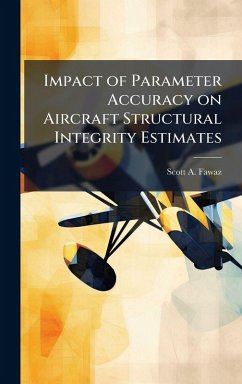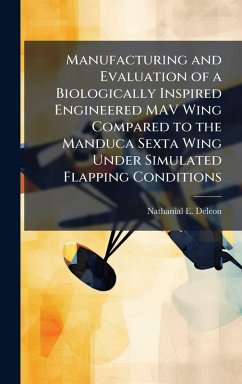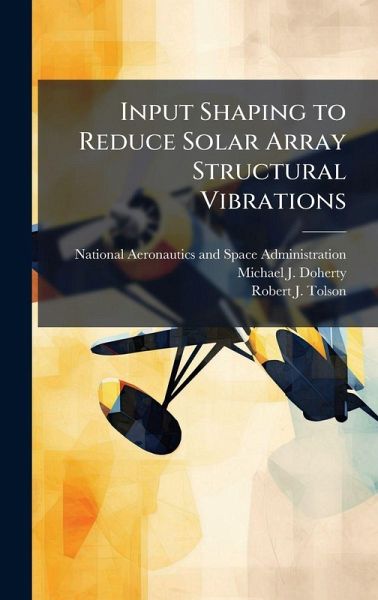
Input Shaping to Reduce Solar Array Structural Vibrations
Versandkostenfrei!
Versandfertig in über 4 Wochen
29,99 €
inkl. MwSt.
Weitere Ausgaben:

PAYBACK Punkte
15 °P sammeln!
Structural vibrations induced by actuators can be minimized using input shaping. Input shaping is a feedforward method in which actuator commands are convolved with shaping functions to yield a shaped set of commands. These commands are designed to perform the maneuver while minimizing the residual structural vibration. In this report, input shaping is extended to stepper motor actuators. As a demonstration, an input-shaping technique based on pole-zero cancellation was used to modify the Solar Array Drive Assembly (SADA) actuator commands for the Lewis satellite. A series of impulses were cal...
Structural vibrations induced by actuators can be minimized using input shaping. Input shaping is a feedforward method in which actuator commands are convolved with shaping functions to yield a shaped set of commands. These commands are designed to perform the maneuver while minimizing the residual structural vibration. In this report, input shaping is extended to stepper motor actuators. As a demonstration, an input-shaping technique based on pole-zero cancellation was used to modify the Solar Array Drive Assembly (SADA) actuator commands for the Lewis satellite. A series of impulses were calculated as the ideal SADA output for vibration control. These impulses were then discretized for use by the SADA stepper motor actuator and simulated actuator outputs were used to calculate the structural response. The effectiveness of input shaping is limited by the accuracy of the knowledge of the modal frequencies. Assuming perfect knowledge resulted in significant vibration reduction. Errors of 10% in the modal frequencies caused notably higher levels of vibration. Controller robustness was improved by incorporating additional zeros in the shaping function. The additional zeros did not require increased performance from the actuator. Despite the identification errors, the resulting feedforward controller reduced residual vibrations to the level of the exactly modeled input shaper and well below the baseline cases. These results could be easily applied to many other vibration-sensitive applications involving stepper motor actuators. This work has been selected by scholars as being culturally important, and is part of the knowledge base of civilization as we know it. This work was reproduced from the original artifact, and remains as true to the original work as possible. Therefore, you will see the original copyright references, library stamps (as most of these works have been housed in our most important libraries around the world), and other notations in the work. This work is in the public domain in the United States of America, and possibly other nations. Within the United States, you may freely copy and distribute this work, as no entity (individual or corporate) has a copyright on the body of the work. As a reproduction of a historical artifact, this work may contain missing or blurred pages, poor pictures, errant marks, etc. Scholars believe, and we concur, that this work is important enough to be preserved, reproduced, and made generally available to the public. We appreciate your support of the preservation process, and thank you for being an important part of keeping this knowledge alive and relevant.



